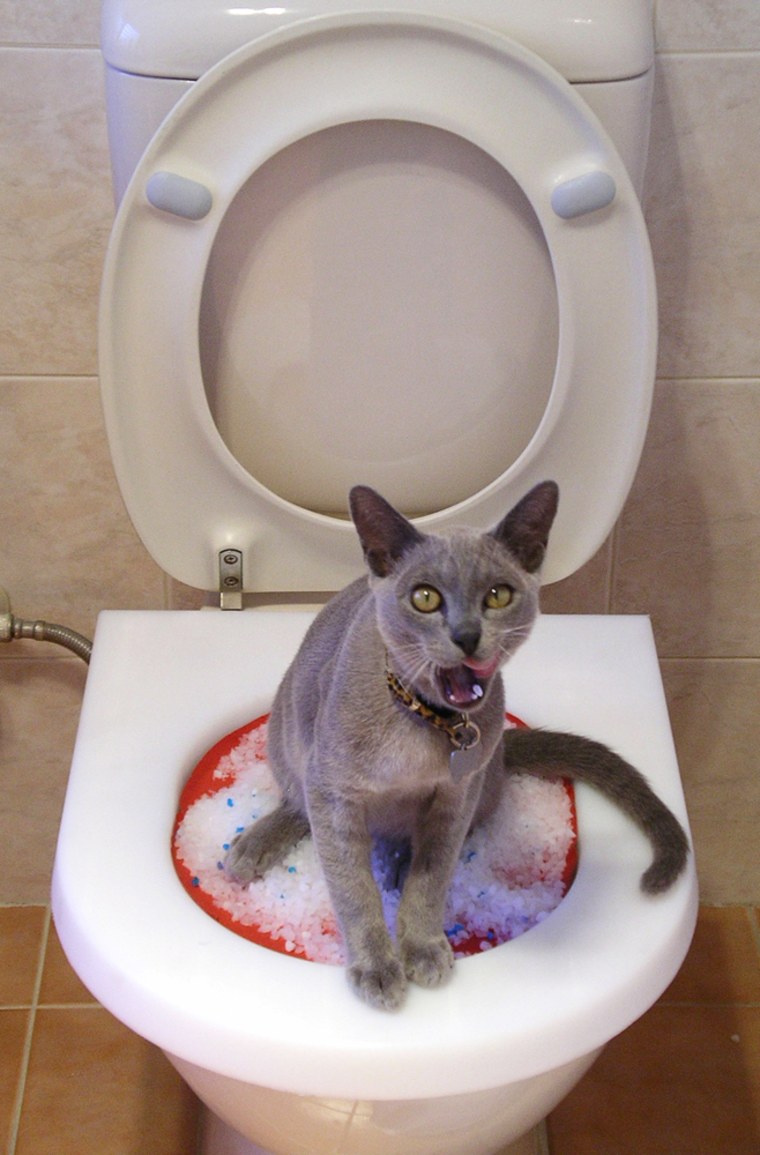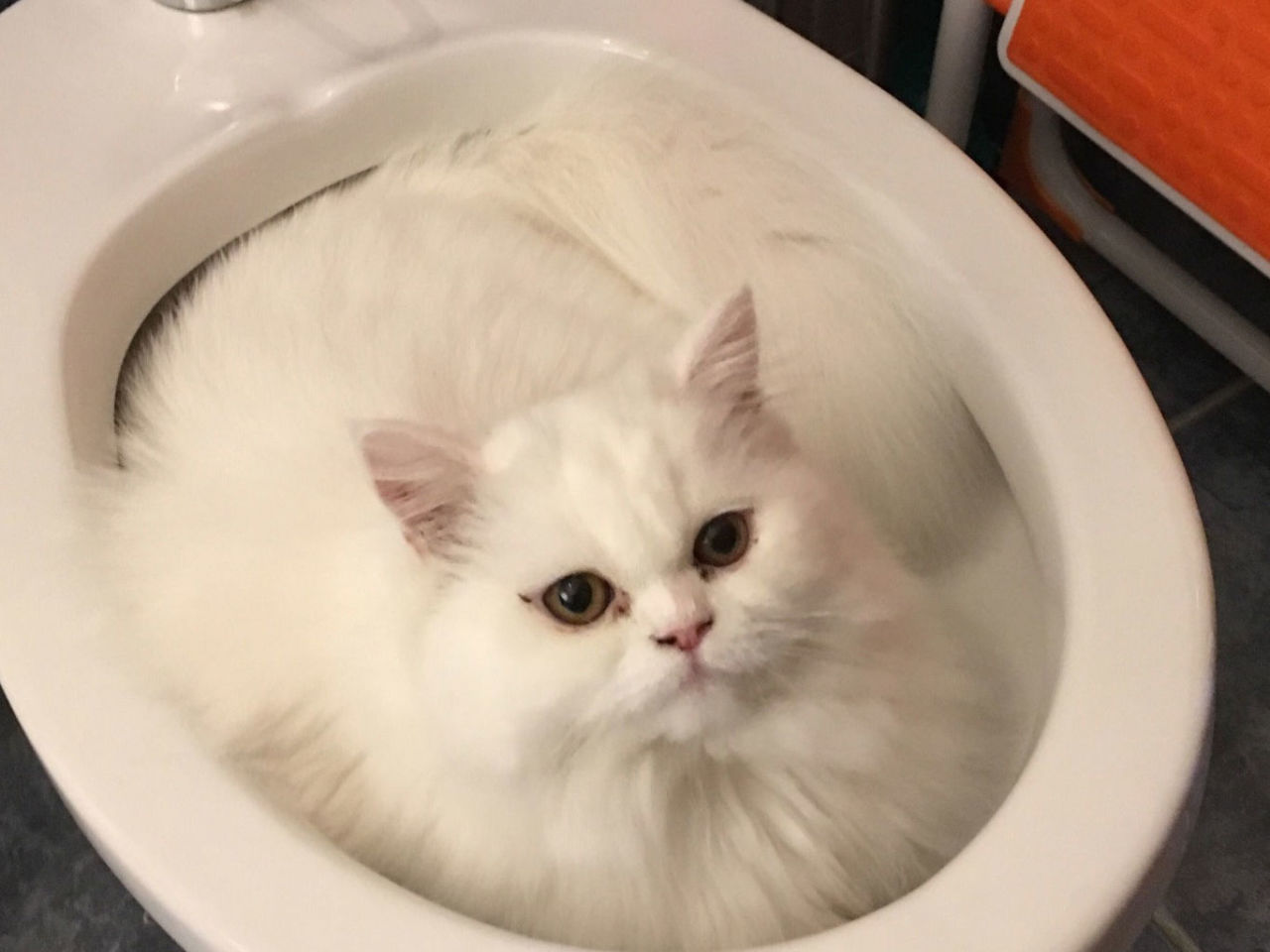The Consequences of Flushing Cat Poop Down Your Toilet - Safeguard Your Pipes
The Consequences of Flushing Cat Poop Down Your Toilet - Safeguard Your Pipes
Blog Article
What're your opinions concerning Can You Flush Cat Poo or Litter Down the Toilet??

Introduction
As feline proprietors, it's vital to be mindful of just how we deal with our feline friends' waste. While it may seem convenient to purge cat poop down the commode, this practice can have destructive effects for both the environment and human wellness.
Environmental Impact
Purging pet cat poop introduces harmful virus and bloodsuckers right into the supply of water, presenting a substantial risk to aquatic communities. These pollutants can negatively impact aquatic life and concession water top quality.
Wellness Risks
Along with ecological concerns, purging feline waste can also posture health and wellness risks to human beings. Feline feces might consist of Toxoplasma gondii, a parasite that can cause toxoplasmosis-- a potentially severe illness, particularly for pregnant females and individuals with damaged immune systems.
Alternatives to Flushing
The good news is, there are safer and a lot more liable ways to take care of cat poop. Consider the adhering to options:
1. Scoop and Dispose in Trash
One of the most common method of getting rid of pet cat poop is to scoop it right into an eco-friendly bag and toss it in the garbage. Make certain to make use of a specialized trash scoop and take care of the waste quickly.
2. Use Biodegradable Litter
Opt for biodegradable feline litter made from materials such as corn or wheat. These clutters are eco-friendly and can be securely dealt with in the garbage.
3. Hide in the Yard
If you have a yard, consider hiding pet cat waste in a marked area away from vegetable gardens and water resources. Be sure to dig deep adequate to prevent contamination of groundwater.
4. Mount a Pet Waste Disposal System
Invest in a pet waste disposal system particularly designed for cat waste. These systems make use of enzymes to break down the waste, reducing odor and ecological influence.
Conclusion
Responsible animal possession expands past providing food and shelter-- it also involves appropriate waste administration. By refraining from flushing feline poop down the bathroom and selecting alternate disposal techniques, we can lessen our environmental footprint and protect human health.
Why Can’t I Flush Cat Poop?
It Spreads a Parasite
Cats are frequently infected with a parasite called toxoplasma gondii. The parasite causes an infection called toxoplasmosis. It is usually harmless to cats. The parasite only uses cat poop as a host for its eggs. Otherwise, the cat’s immune system usually keeps the infection at low enough levels to maintain its own health. But it does not stop the develop of eggs. These eggs are tiny and surprisingly tough. They may survive for a year before they begin to grow. But that’s the problem.
Our wastewater system is not designed to deal with toxoplasmosis eggs. Instead, most eggs will flush from your toilet into sewers and wastewater management plants. After the sewage is treated for many other harmful things in it, it is typically released into local rivers, lakes, or oceans. Here, the toxoplasmosis eggs can find new hosts, including starfish, crabs, otters, and many other wildlife. For many, this is a significant risk to their health. Toxoplasmosis can also end up infecting water sources that are important for agriculture, which means our deer, pigs, and sheep can get infected too.
Is There Risk to Humans?
There can be a risk to human life from flushing cat poop down the toilet. If you do so, the parasites from your cat’s poop can end up in shellfish, game animals, or livestock. If this meat is then served raw or undercooked, the people who eat it can get sick.
In fact, according to the CDC, 40 million people in the United States are infected with toxoplasma gondii. They get it from exposure to infected seafood, or from some kind of cat poop contamination, like drinking from a stream that is contaminated or touching anything that has come into contact with cat poop. That includes just cleaning a cat litter box.
Most people who get infected with these parasites will not develop any symptoms. However, for pregnant women or for those with compromised immune systems, the parasite can cause severe health problems.
How to Handle Cat Poop
The best way to handle cat poop is actually to clean the box more often. The eggs that the parasite sheds will not become active until one to five days after the cat poops. That means that if you clean daily, you’re much less likely to come into direct contact with infectious eggs.
That said, always dispose of cat poop in the garbage and not down the toilet. Wash your hands before and after you clean the litter box, and bring the bag of poop right outside to your garbage bins.
https://trenchlesssolutionsusa.com/why-cant-i-flush-cat-poop/

As a passionate person who reads on Can You Flush Cat Poop Down The Toilet?, I imagined sharing that excerpt was mandatory. Enjoyed our write-up? Please share it. Help other people locate it. I thank you for reading our article about How to Dispose of Cat Poop and Litter Without Plastic Bags.
Get Started Report this page